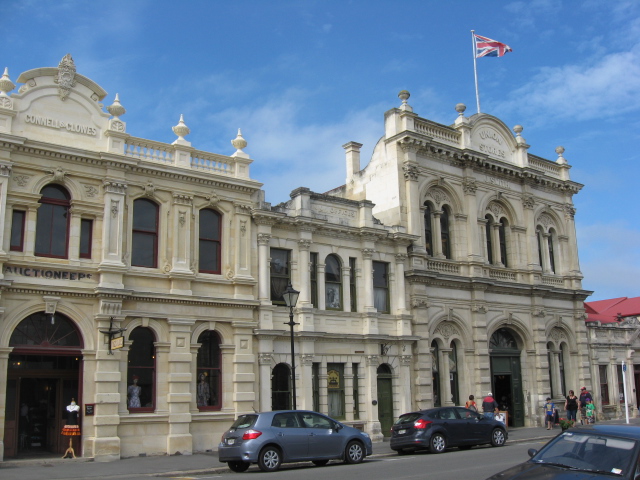
Oamaru
A Victorian era town in a time warp. Updated May 2023.
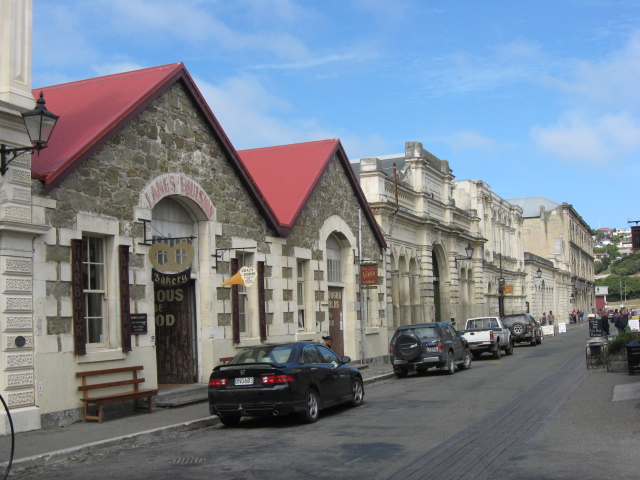

Oamaru is a lovely Victorian town that has been preserved by accident. The first inhabitants settled here in 1853. The town served as a port and service hub for the surrounding farmers. It was from Oamaru that the first overseas shipment of lamb was made. The town boomed, and soon huge, fancy buildings were being constructed.
But in the depression years of the early 1900s, the boom ended. The prices for commodities collapsed. The town was deeply in debt for its building spree. When the economy started to pick up again, it was too late for Oamaru. Newer and bigger ships needed deeper harbours and went to other cities. It was a bad time for the town but a good thing in the long run. If the boom had continued, most old buildings would have been torn down to make way for more modern structures. Today Oamaru looks like a town from Victorian England with a few buildings from ancient Greece mixed in. The town had stood still in time while others prospered. The economic downturn saved the wonderful old buildings, and now the town is proud of them.
Thames and Itchen Streets
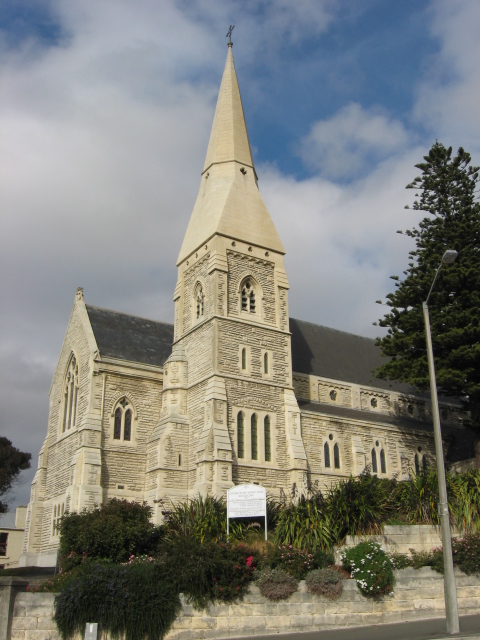
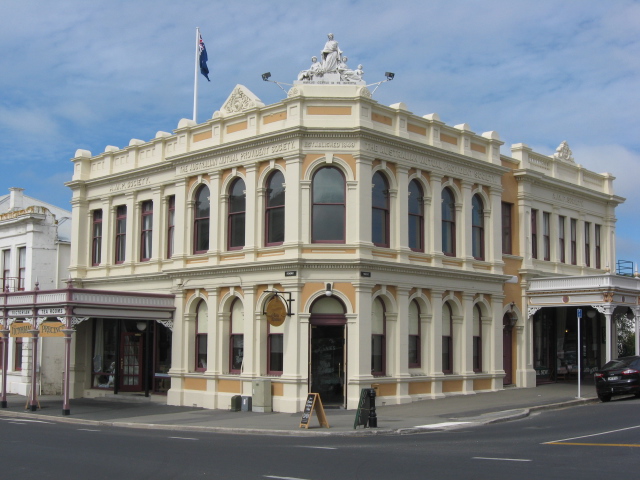
Left: St Luke’s Anglican Church. Right: The AMP building.
The first building we came to was St. Luke’s Anglican church, located on the intersection of Thames and Itchen, the town’s two main streets. The church was built in stages. Work started in 1866 and completed in 1922.
Across the street from St. Luke’s is the AMP building, which stands for the Australian Mutual Protection Society (an insurance company). The building was initially built in 1871 for the Hood and Shennan Drapery but was remodelled for the AMP society in 1886. Today the upstairs belongs to the North Otago Club, and downstairs is Annie’s Victorian Tea Room, which looks like a tearoom from Victorian England, including the people’s costumes inside. Some people walk around the town in Victorian costumes or ride penny-farthing bicycles.
On the opposite corner from St. Luke’s is the building that once belonged to the Bank of New Zealand. It is now the visitor’s centre.
The fourth corner of the intersection is a lovely garden.
Thames Street
Walking down Thames Street, one may wonder about the width of the street. It is more than double the width of the main street in most old towns. It is this wide so that teams of ox carts could make a U-turn. Today there is a row of trees down the middle.
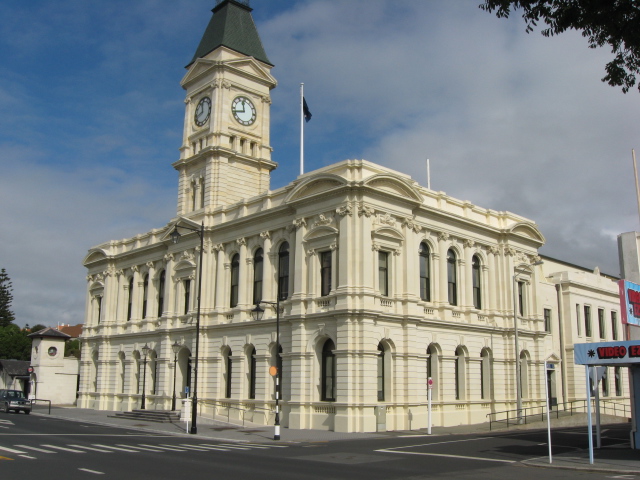
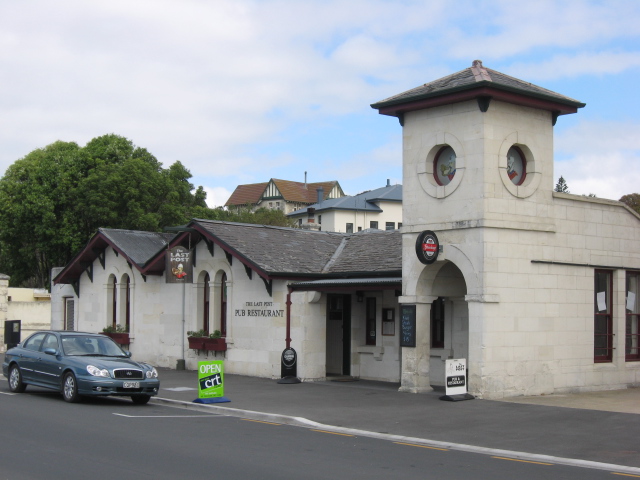
Left: the “new” post office built in 1883. Right: the old post office built in 1864.
You will come to the magnificent post office, a short walk from the intersection, built in 1883. The 28-metre clock tower was added in 1903. Today the post office has moved elsewhere, and the building is now the home of the district council. Just to the left of the post office is the original one built in 1864. It is now a pub called the Last Post. It is Oamaru’s oldest surviving building.
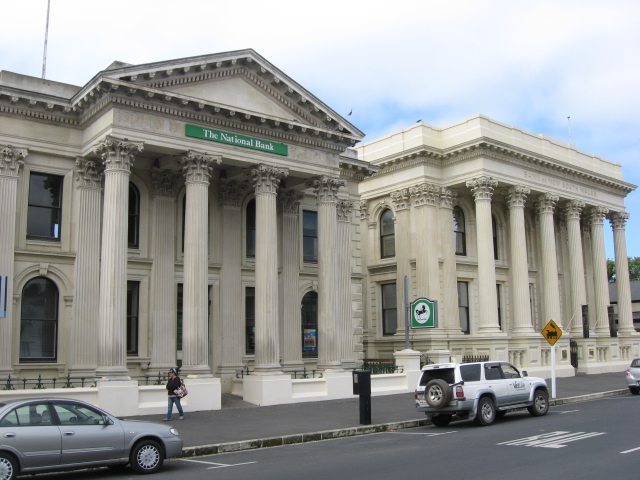
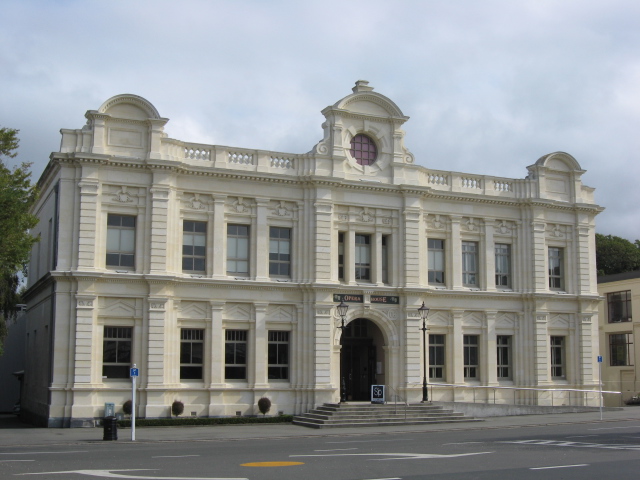
Left: Greek-style bank buildings. Right: The Opera House.
Across the street from the Post Office are two more banks. The number of huge bank buildings shows how prosperous the town was. The Bank of New South Wales, built in 1883 now an art gallery. Next door, is the Bank of Otago, built in 1871. The Bank of Otago merged with the National Bank in 1875 and remains the National Bank today.
Further down Thames Street on the left is the beautiful old opera house, which opened in 1907. The big circle in the upper centre was a space for a clock that was never installed.
At the next intersection is the Boar War Memorial. There is a separate memorial for subsequent wars.
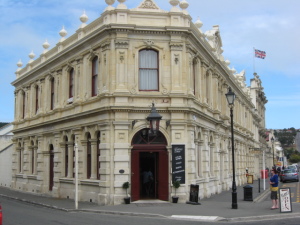 Itchen Street
Itchen Street
Returning to Itchen Street and turning toward the water, you will find the Criterion Hotel, built in 1877. It closed in 1906 during the prohibition era and reopened in 1998. Many interesting shops are on the ground floor selling antique clothing, books, etc.
Not far from the Criterion is the train station where an old steam train still runs once a week, on Sundays, to take tourists for a ride.
Industrial & Dock Area
Beyond the Criterion and the train station was the industrial part of town. The buildings in this area are not as fancy but are still wonderful old buildings. There were wool warehouses, livery stables, bicycle repair shops, etc. The bicycle shop is still producing penny-farthing bicycles. Most buildings are now tourist-related stores but are not the ordinary ones you find in other towns. One shop was selling books and other articles about Antarctica, which is not that far from New Zealand.
The livery stable no longer rents spaces for horses for the night but still sells saddles and other horse-related materials. The sign outside says, “Oamaru Livery Stable and Forge, Cabs and Royal Mail coaches.”
I have described less than half of the old buildings in Oamaru. I could easily spend a week here exploring all of them and riding on the steam train, but I allowed myself only one day. There is much to see and do in New Zealand, and time marches on.
For the icing on the cake, visit the nearby Little Penguin colony, where you can view the penguins returning each evening from the sea. Oamaru is a great place; a tour of New Zealand would not be complete without a visit here.
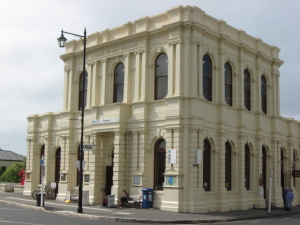
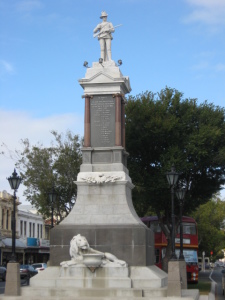
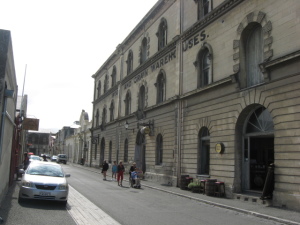
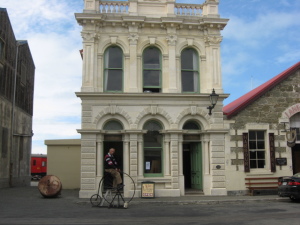
Outstanding post, you have pointed out some good details,
I think this is an excellent web site.
Hello Plumber, Thank you for the kind comments. Glad you enjoy the site.